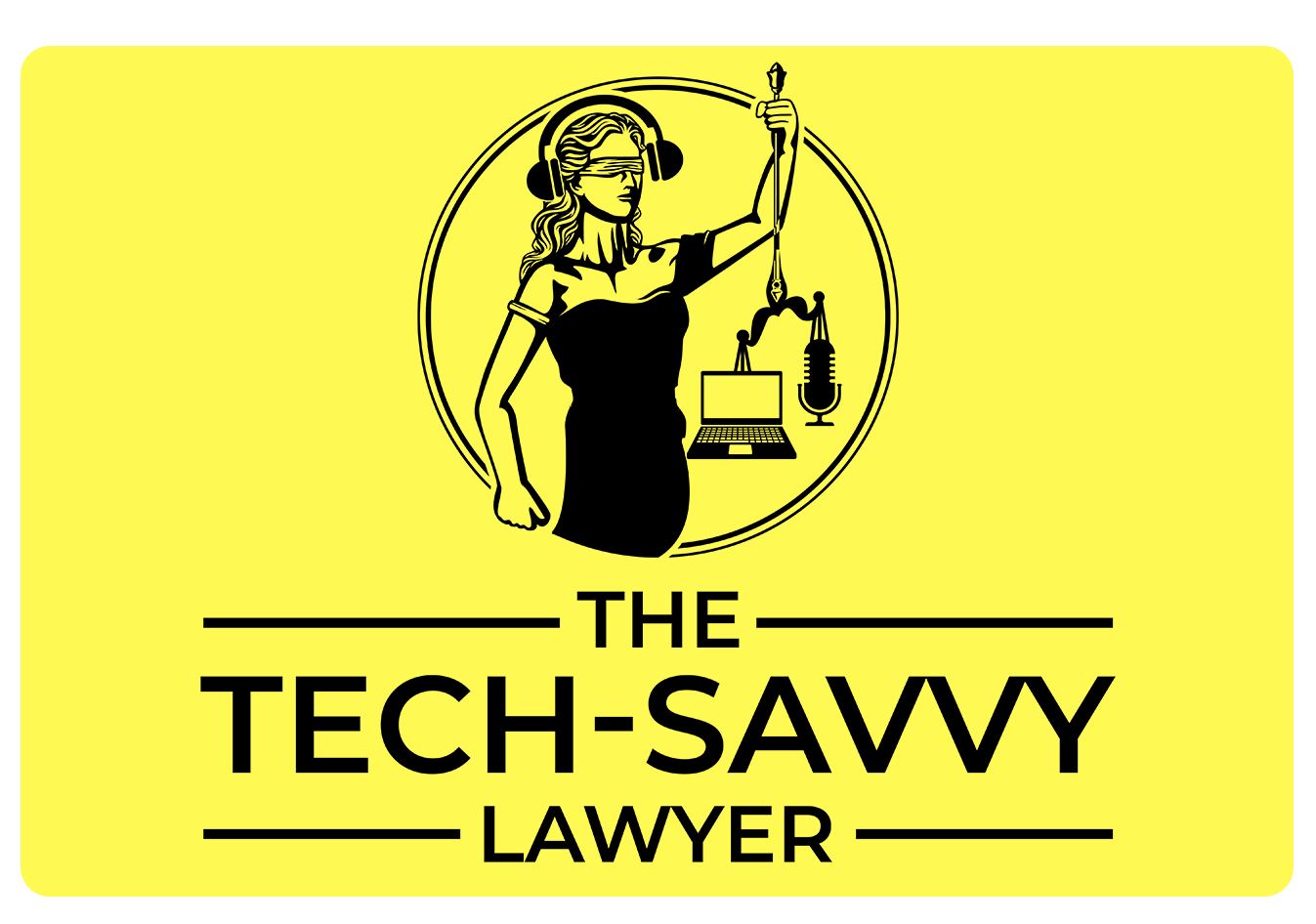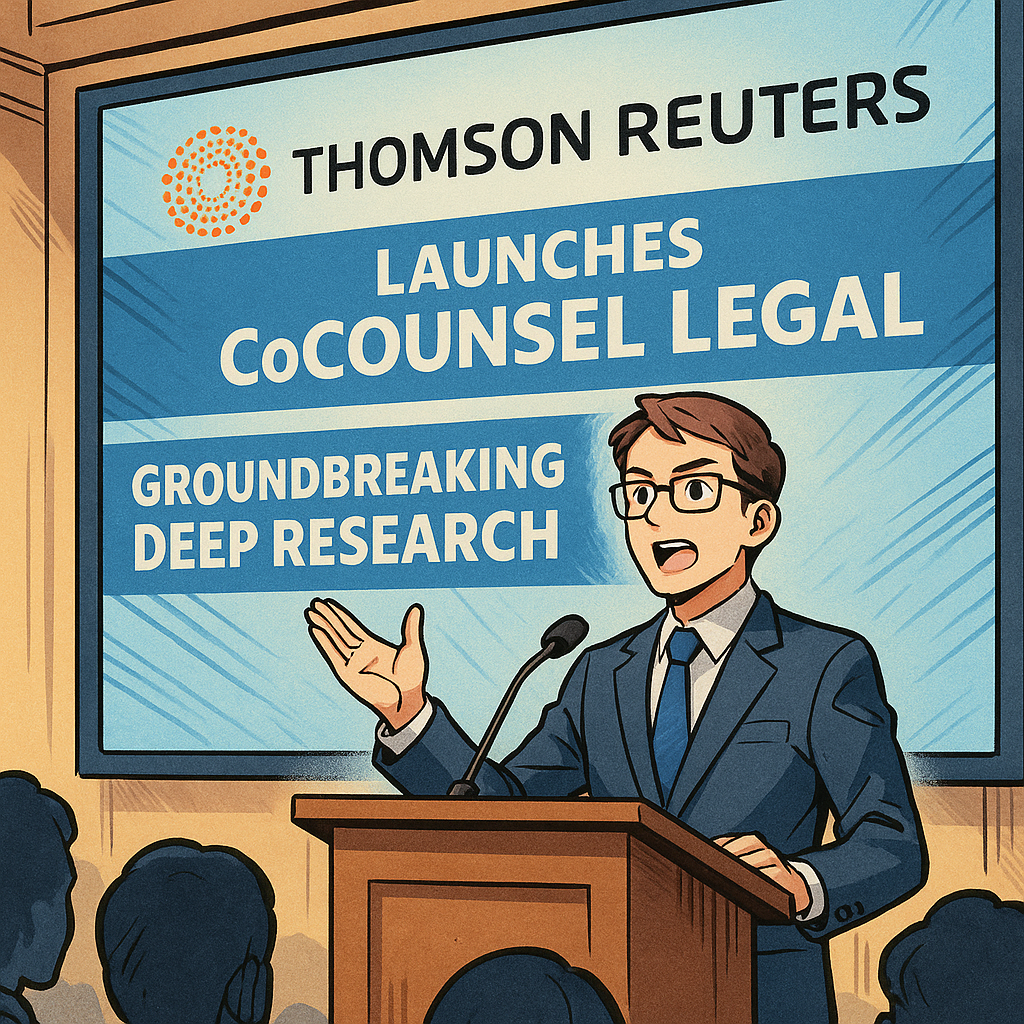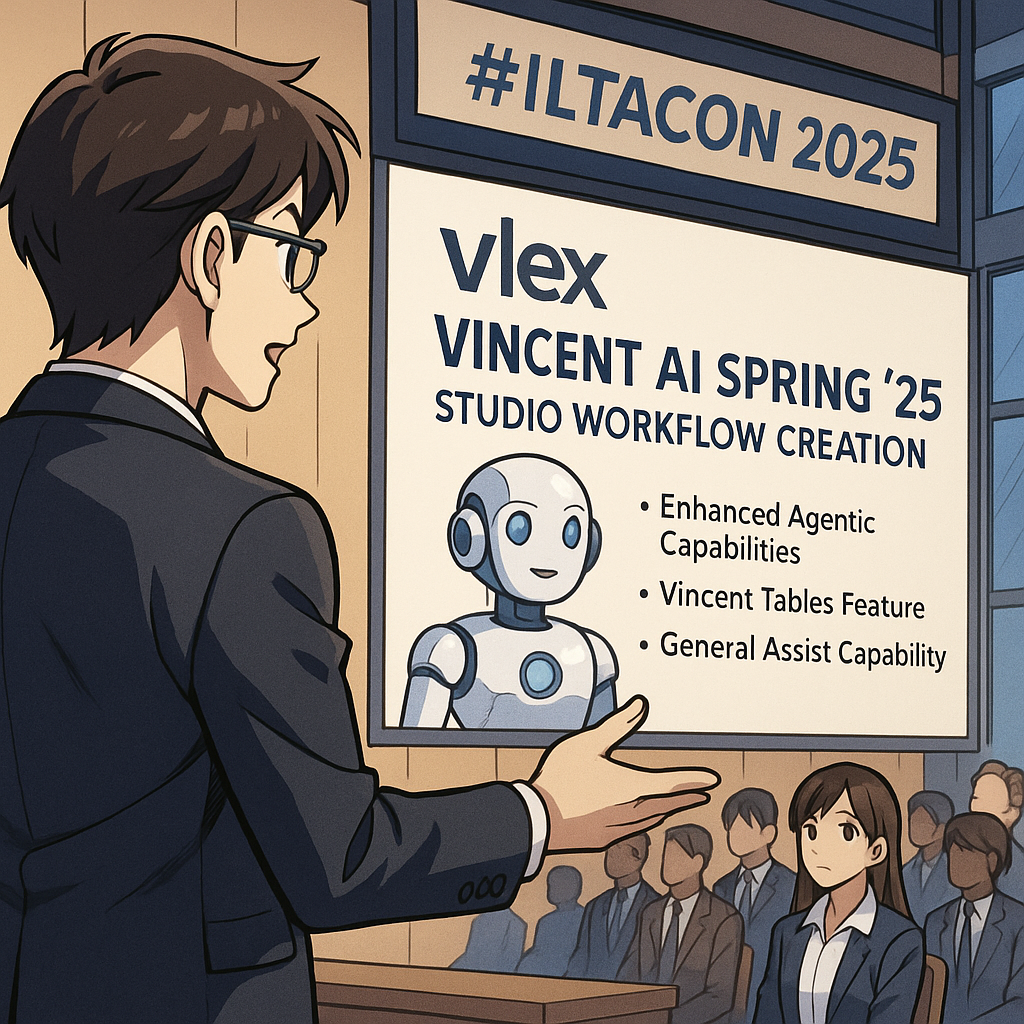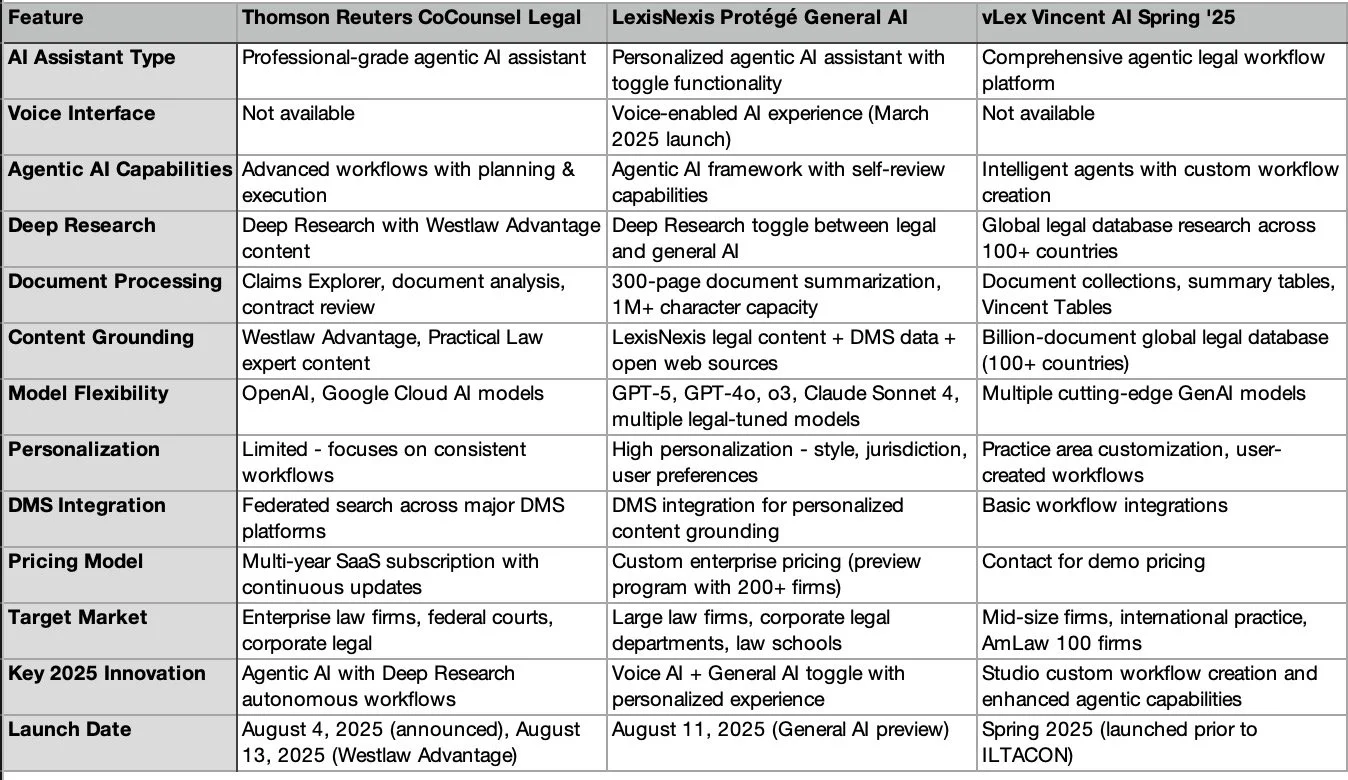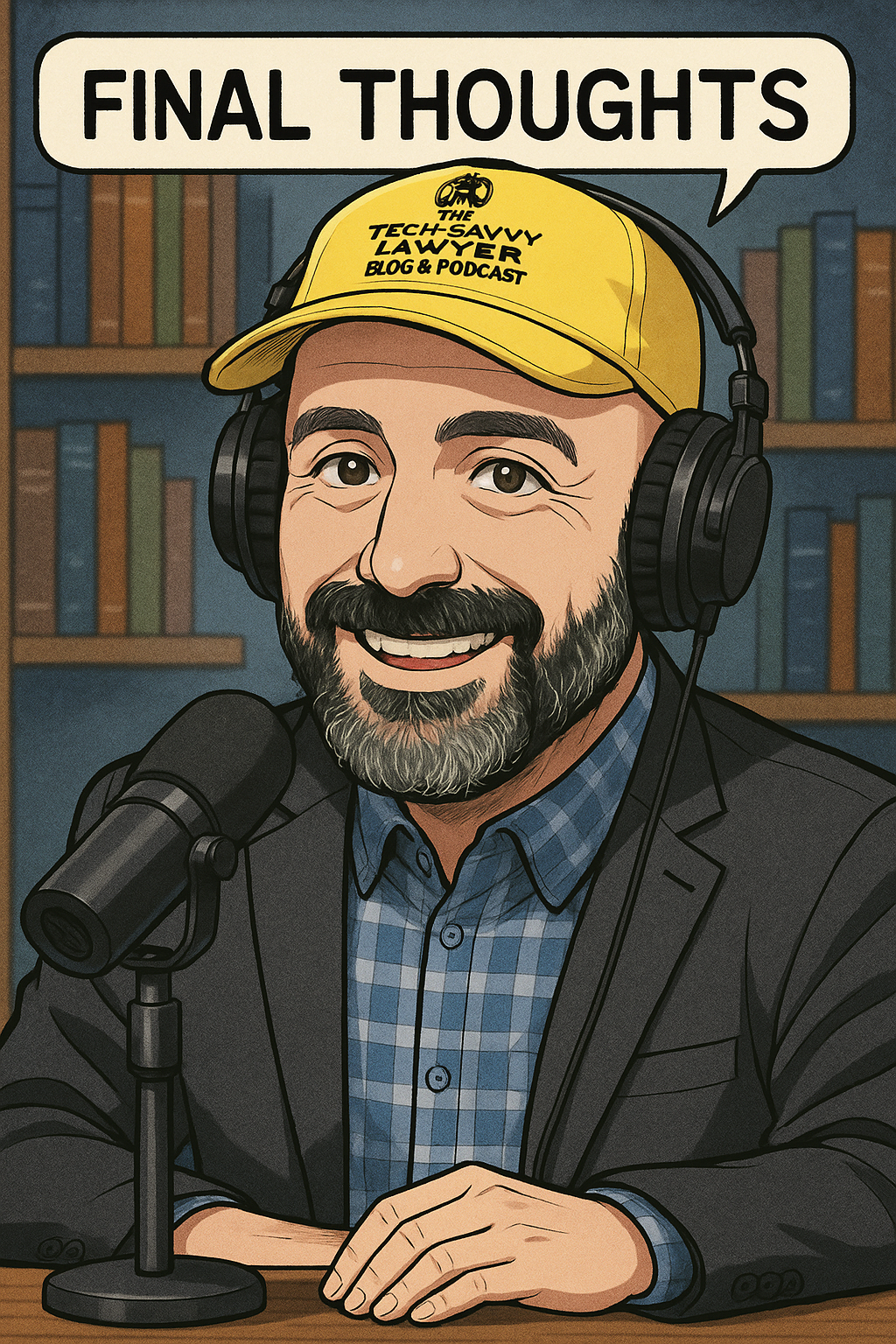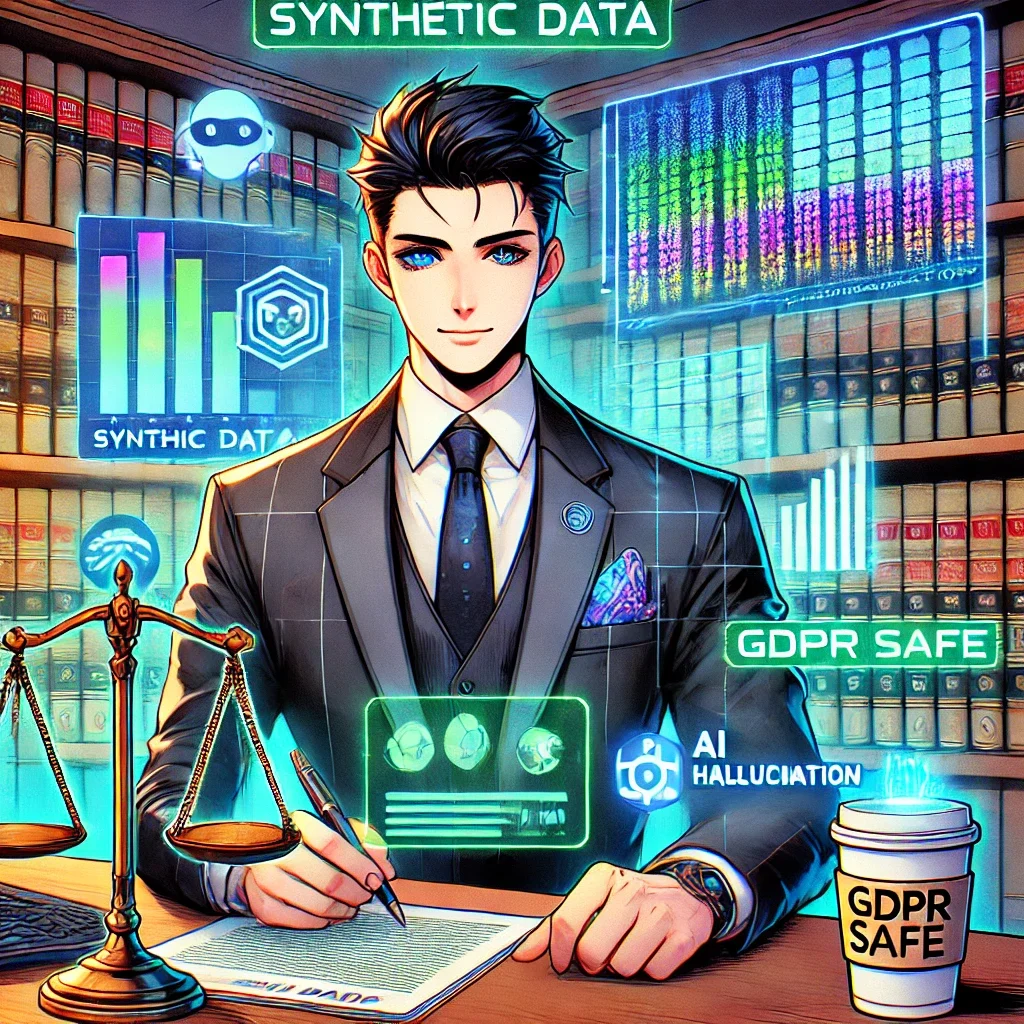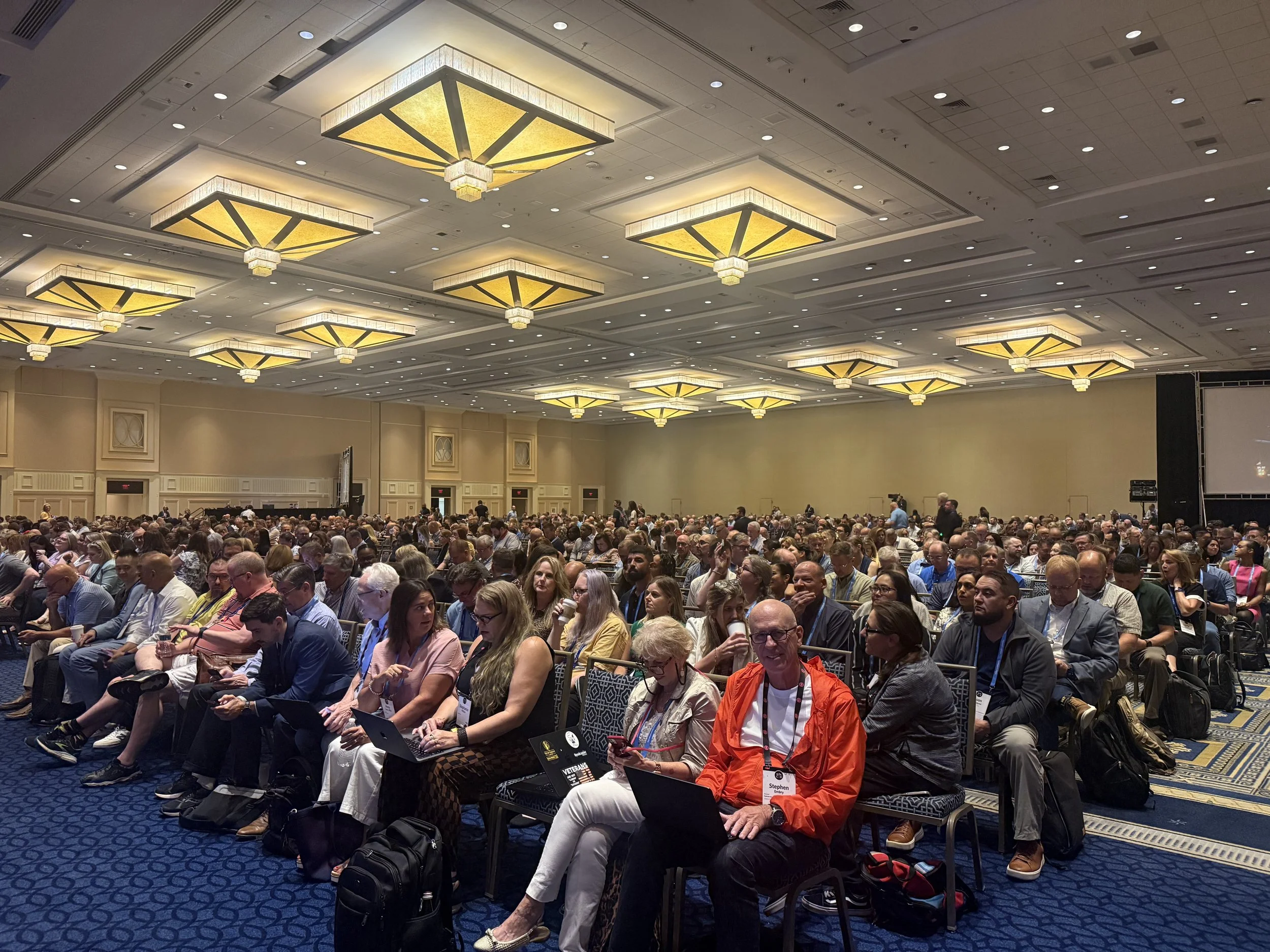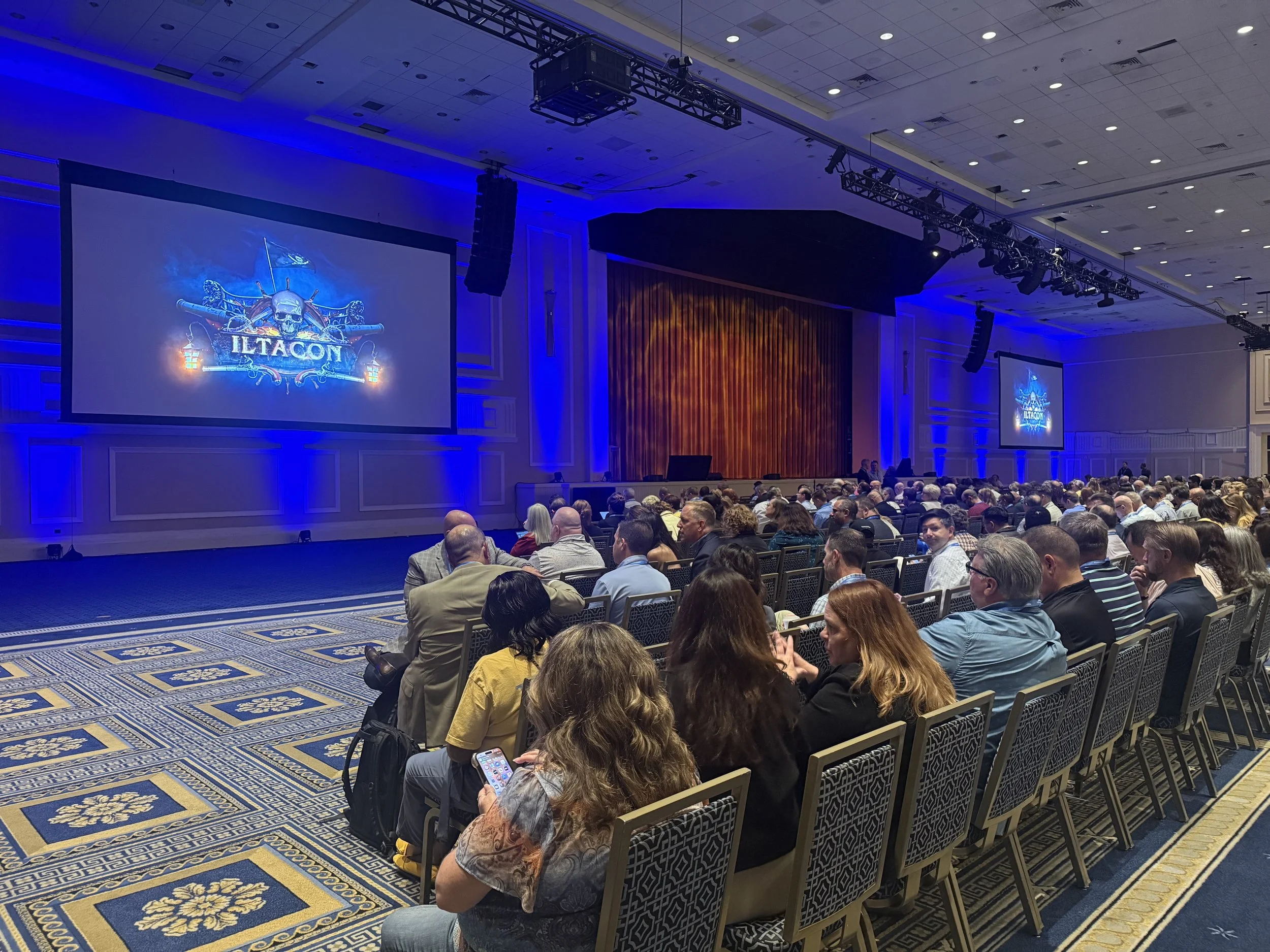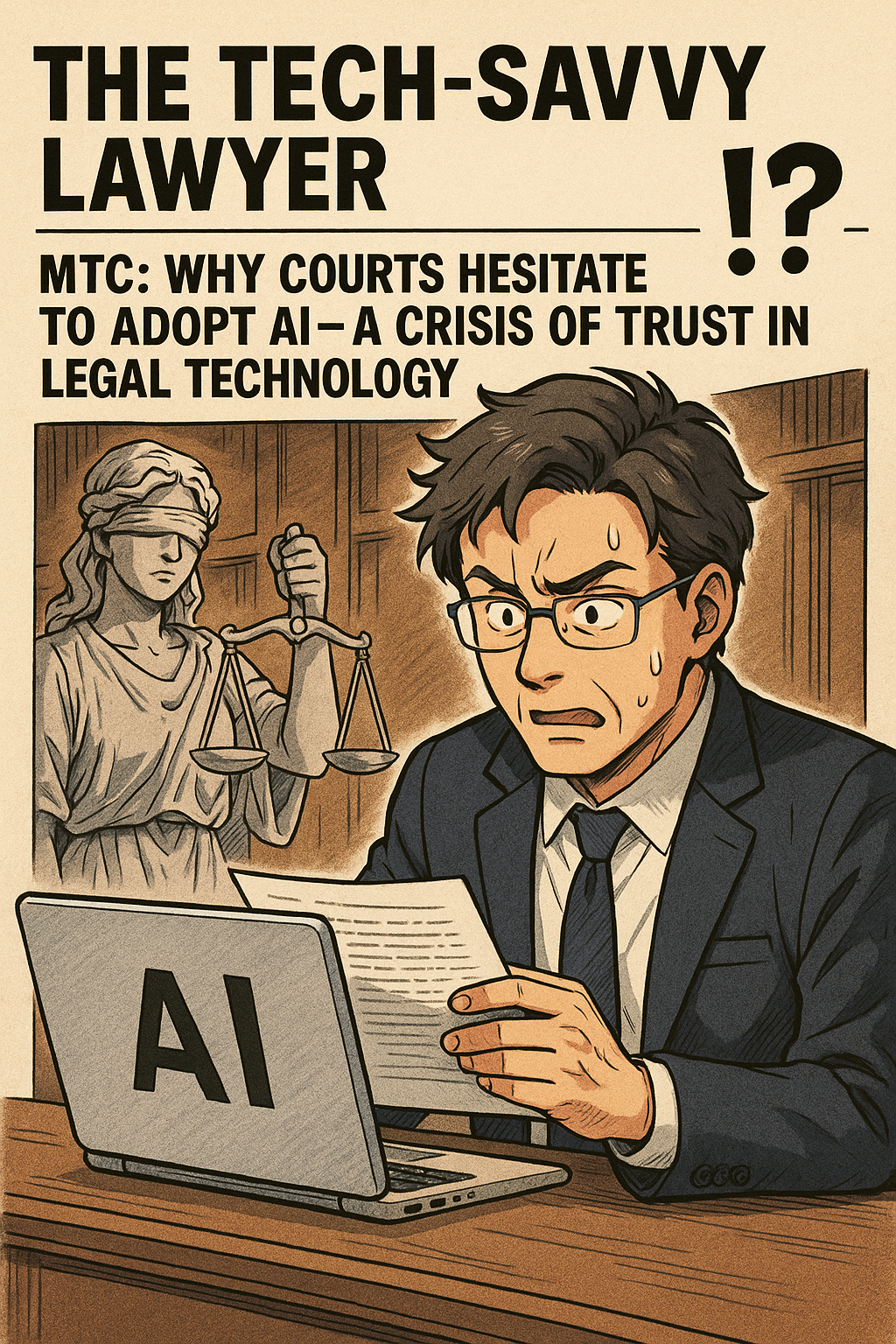🎙️ Ep. 121: Iowa Personal Injury Lawyer Tim Semelroth on AI Expert Testimony Prep, Claude for Legal Research and Client Communications Tech!
/My next guest is Tim Semelroth. Tim is an Iowa personal injury attorney from RSH Legal, who leverages cutting-edge AI tools, including Notebook LM for expert testimony preparation, Claude AI for dictation, and SIO for medical records analysis. He shares practical strategies for maintaining client relationships through e-signatures, texting integration, and automated birthday card systems while embracing legal technology. All this and more, enjoy.
Join Tim Semelroth and me as we discuss the following three questions and more!
What are the top three ways lawyers can leverage AI tools like ChatGPT and Notebook LM to prepare for expert testimony or cross-examination? And how do you ensure client confidentiality when using these tools?
What are the top three technology tools or systems that personal injury attorneys should implement to streamline their practice when handling cases involving trucking accidents, medical records analysis, and insurance negotiations?
What are the top three strategies you recommend for attorneys to maintain personal relationships with clients and community involvement, while also embracing cutting-edge legal technology to improve practice efficiency?
In our conversation, we cover the following:
[00:01:00] Introduction and guest tech setup discussion
[00:02:00] Dell hardware specifications and IT outsourcing strategy
[00:03:00] Smartphone preferences - iPhone 16 and iPad Pro
[00:04:00] Cross-platform compatibility between Windows and Mac environments
[00:05:00] Web-based software solutions for remote work flexibility
[00:06:00] Plaud AI dictation hardware - features and use cases
[00:07:00] Dictation while exercising and driving - mobile workflows
[00:08:00] Essential software stack - File Vine, Lead Docket, and SIO
[00:09:00] AI tools for expert testimony preparation and HIPAA compliance
[00:10:00] Simplifying complex legal language for jury comprehension
[00:11:00] Using AI to brainstorm cross-examination topics and preparation
[00:12:00] Notebook LM audio overview feature for testimony preparation
[00:13:00] Client communication preferences - e-signatures and texting
[00:14:00] File Vine texting integration for client communications
[00:15:00] Case management alerts and notification systems
[00:17:00] Client preferences for phone vs. video communication
[00:18:00] Rural client challenges and electronic communication benefits
[00:20:00] SIO AI platform for medical records analysis
[00:21:00] Medical chronology automation and document management
[00:22:00] Jurisdiction-specific customization for demand letters
[00:23:00] Content repurposing strategy across multiple platforms
[00:24:00] LinkedIn marketing for lawyer referral relationships
[00:25:00] Multi-channel newsletter approach - digital and print
[00:26:00] Print newsletter effectiveness for legal professionals
[00:27:00] SEO benefits and peer recognition from content marketing
[00:28:00] Client communication policy - 30-day contact requirements
[00:29:00] Proactive client outreach through text messaging
[00:30:00] Automated birthday card system for client retention
[00:31:00] The Marv Stallman Rule - personal marketing through cards
[00:32:00] Technology-enabled client relationship management
[00:33:00] Contact information and social media presence
RESOURCES
Connect with Tim!
Firm Website: https://www.fightingforfairness.com
Hardware mentioned in the conversation
Dell Precision 5490 laptop: https://www.dell.com/en-us/shop/dell-laptops/precision-5490-mobile-workstation/spd/precision-14-5490-laptop
Dell SC2722HX dual monitors (4K): https://www.dell.com/en-us/shop/dell-27-4k-uhd-usb-c-hub-monitor-s2722dz/apd/210-ayue
Dell UltraSharp 4K UHD Webcam: https://www.dell.com/en-us/shop/dell-ultrasharp-4k-webcam-wb7022/apd/520-aaul
iPad Pro: https://www.apple.com/ipad-pro/
iPhone 16: https://www.apple.com/iphone-16/
Mac (family computer): https://www.apple.com/mac/
Plaud AI Note recorder: https://www.plaud.ai/products/plaud-note-ai-voice-recorder
Plaud AI Pin: https://www.plaud.ai/collections/collection-for-all-device
Software & Cloud Services mentioned in the conversation
Audible: https://www.audible.com/
ChatGPT: https://chat.openai.com/
Claude AI: https://claude.ai/
File Vine (Case Management): https://www.filevine.com/
Lead Docket (Lead Management): https://www.leaddocket.com/
Microsoft Outlook Add-In (File Vine): https://www.filevine.com/integrations/
Notebook LM (Google): https://notebooklm.google.com/
SIO (AI Medical Records Analysis): https://www.supio.com/
Subscribe to The Tech-Savvy Lawyer.Page podcast on Apple Podcasts, Spotify, or wherever you get your podcasts. Don't forget to leave us a five-star review! ⭐️⭐️⭐️⭐️⭐️
